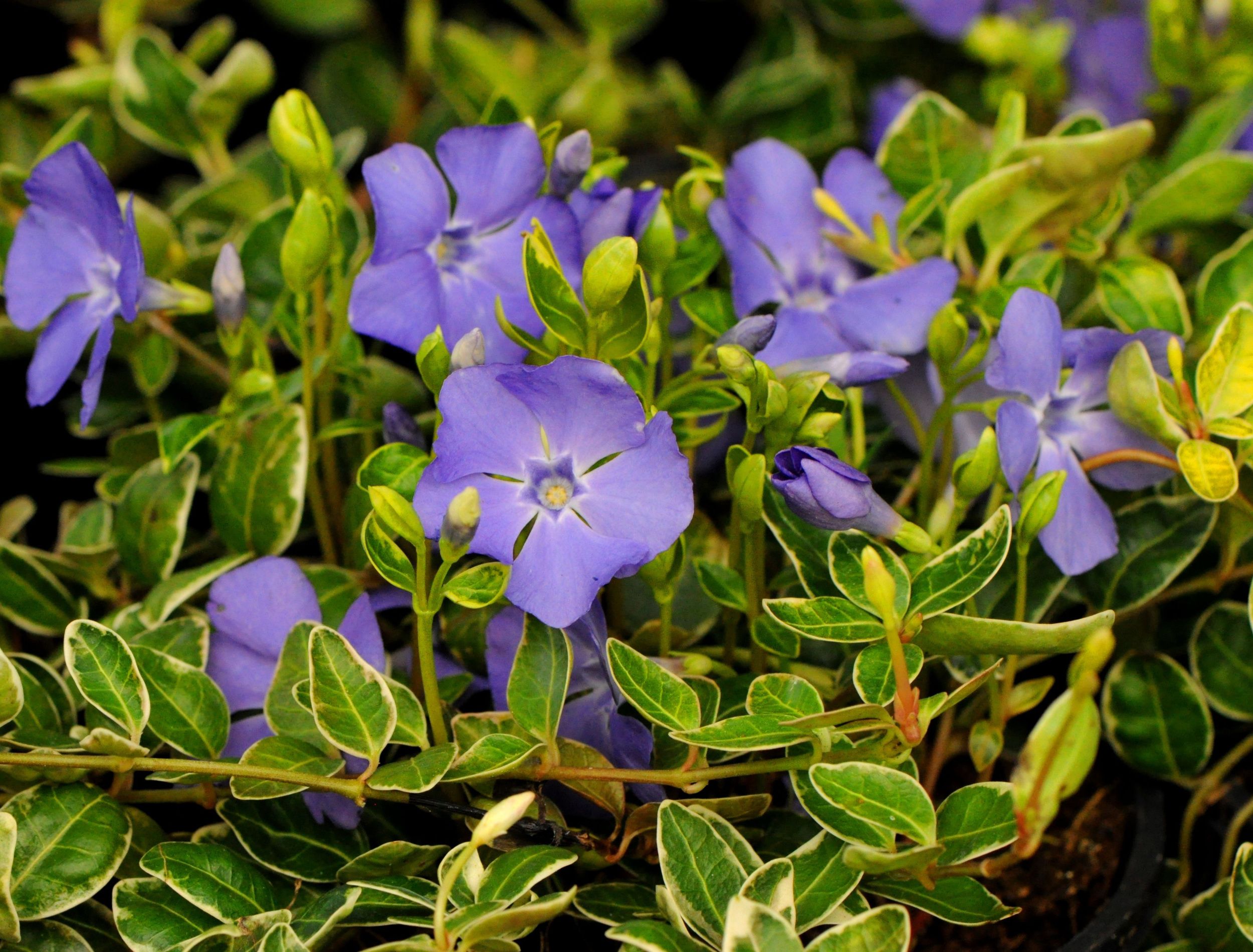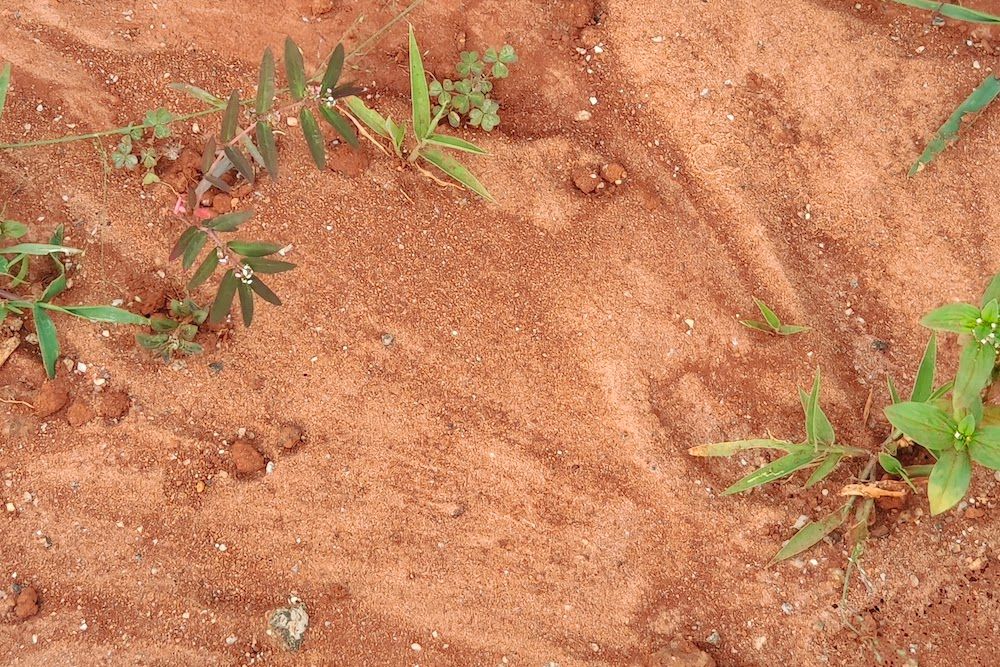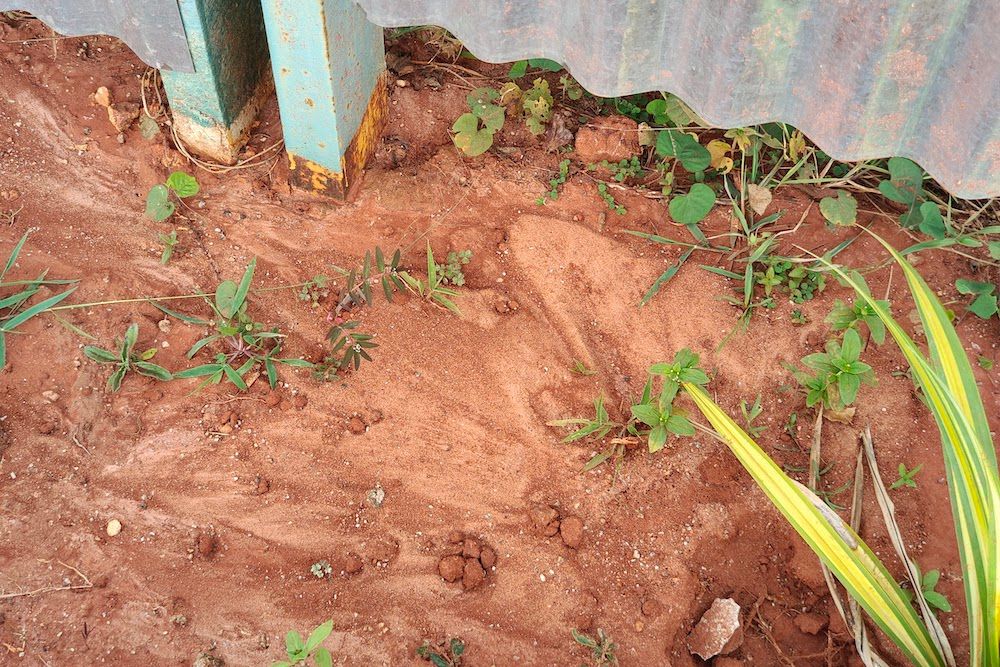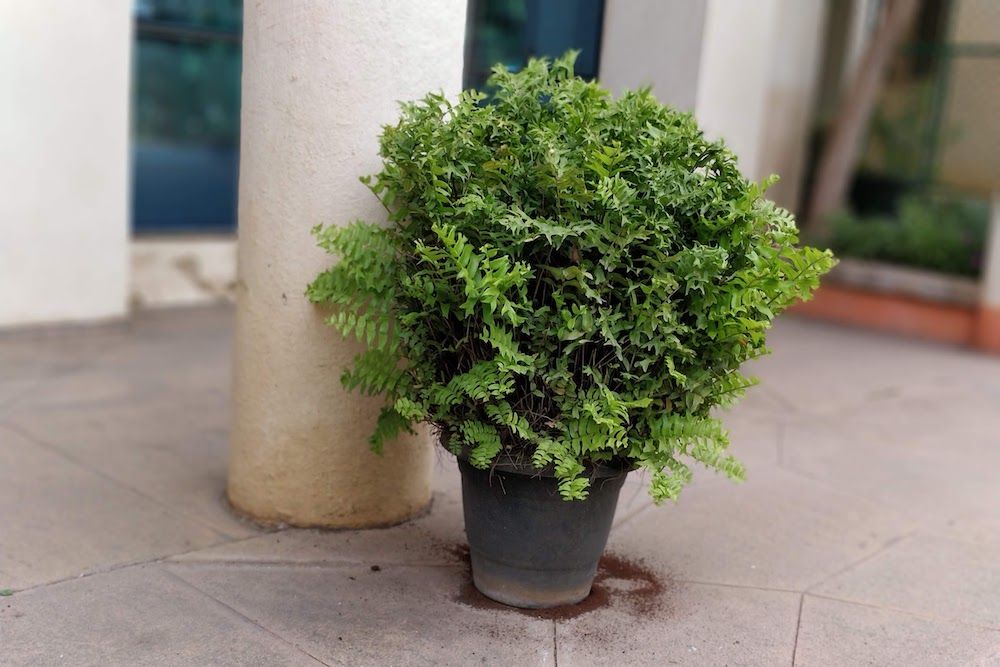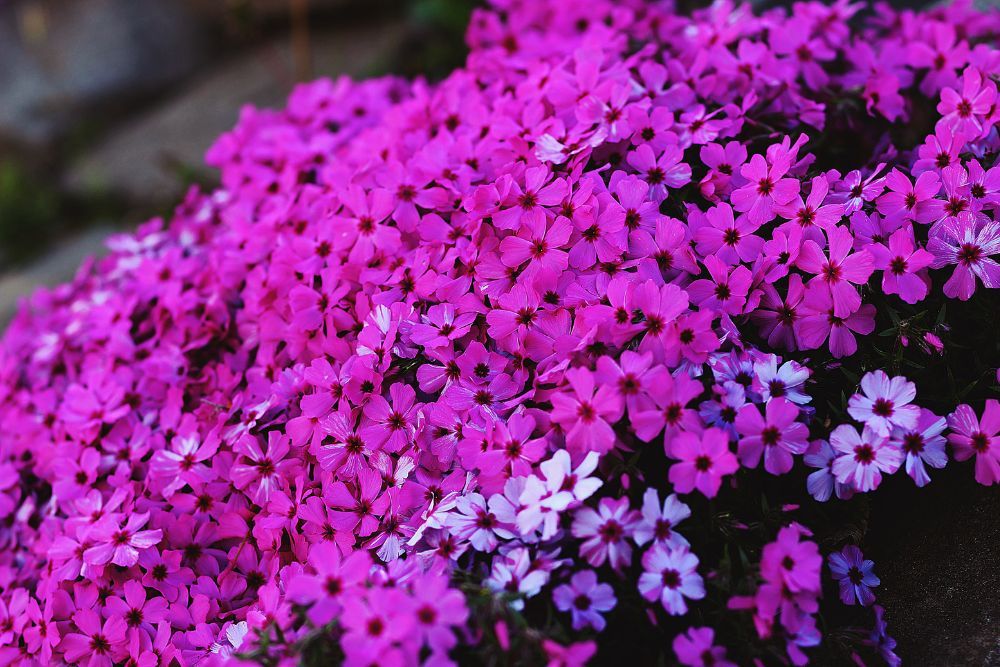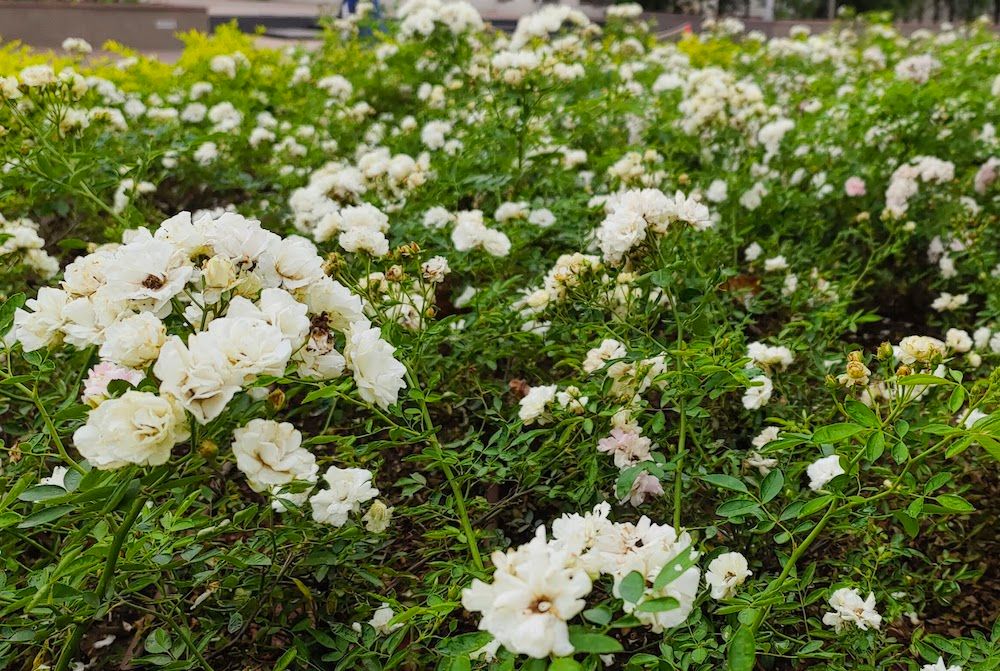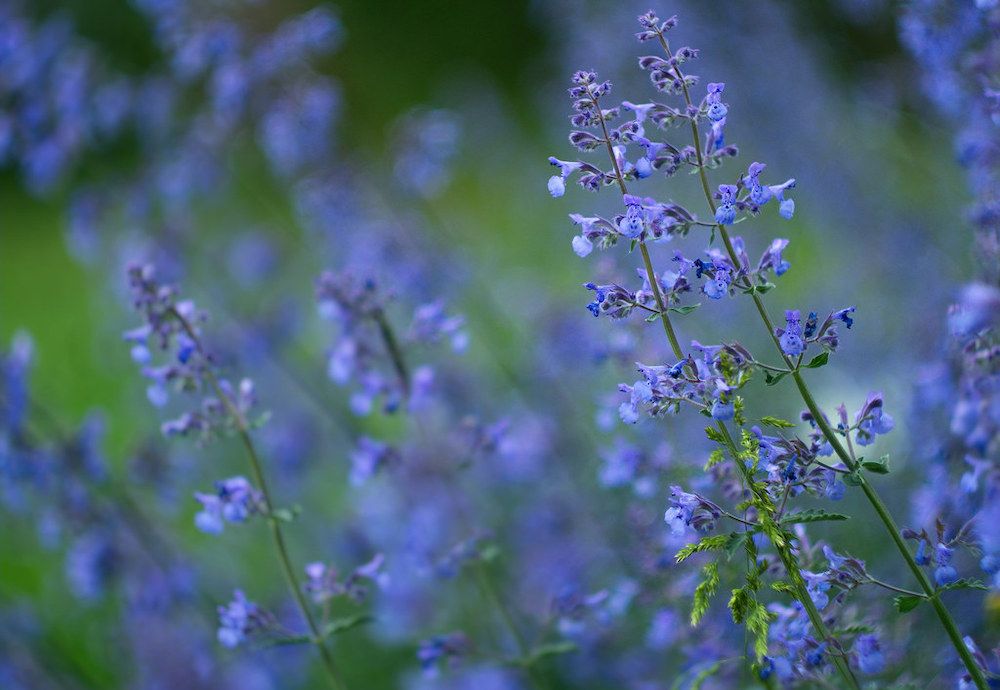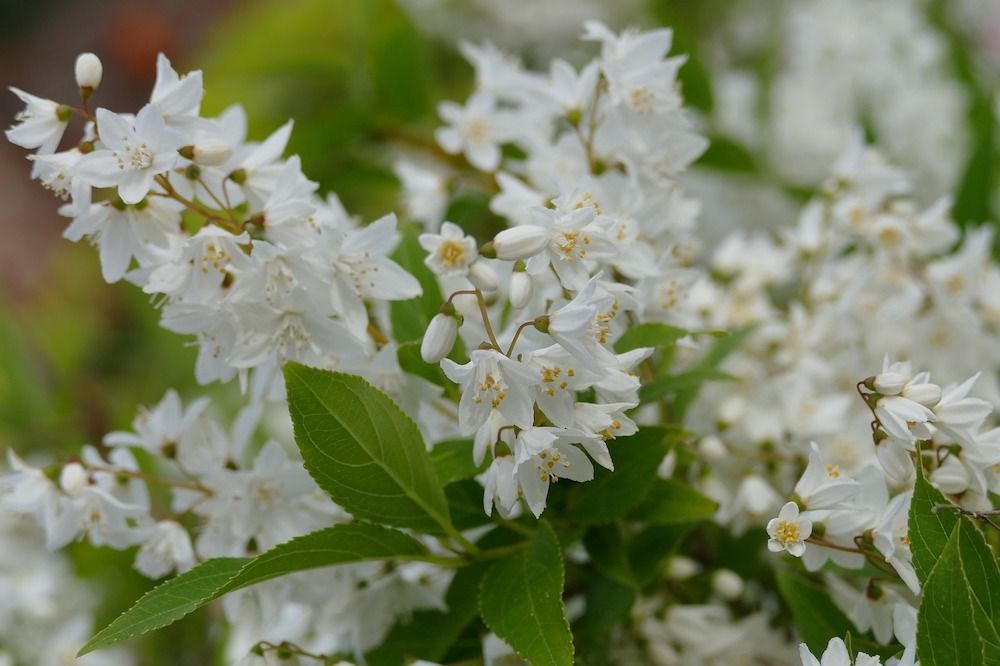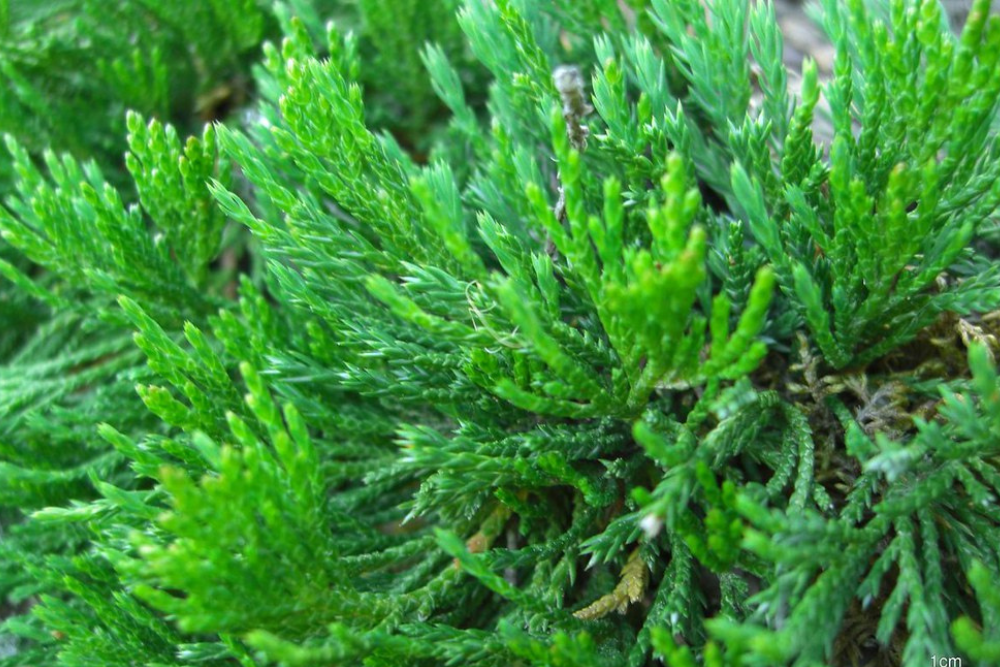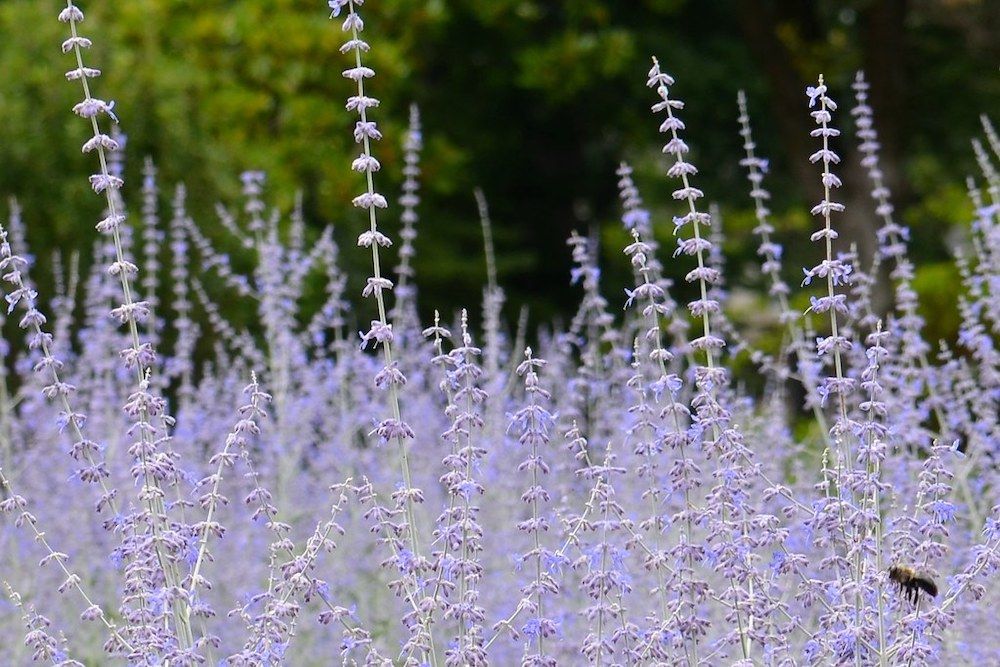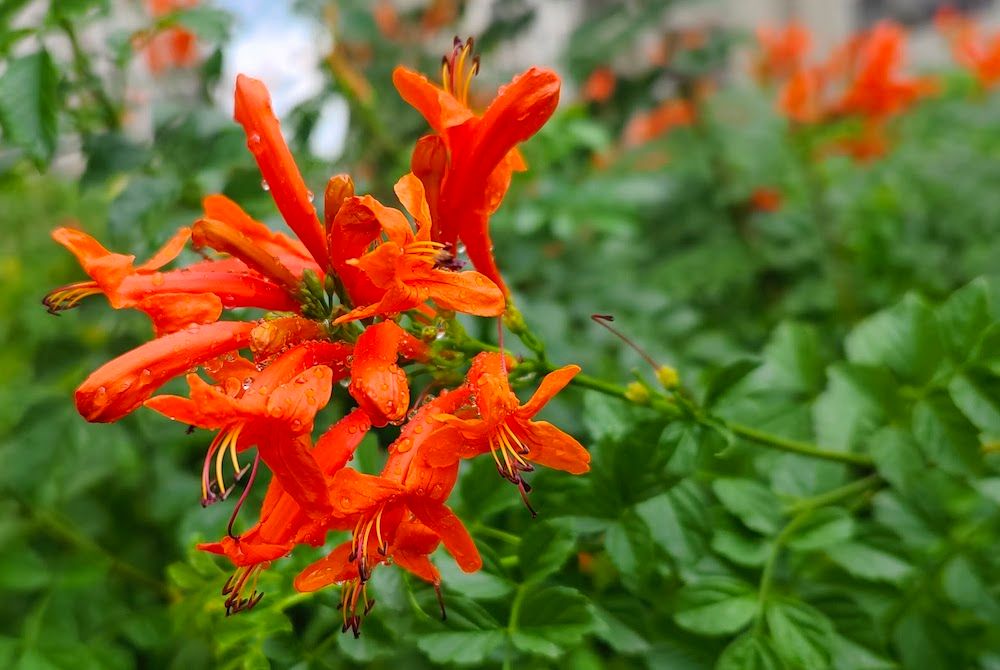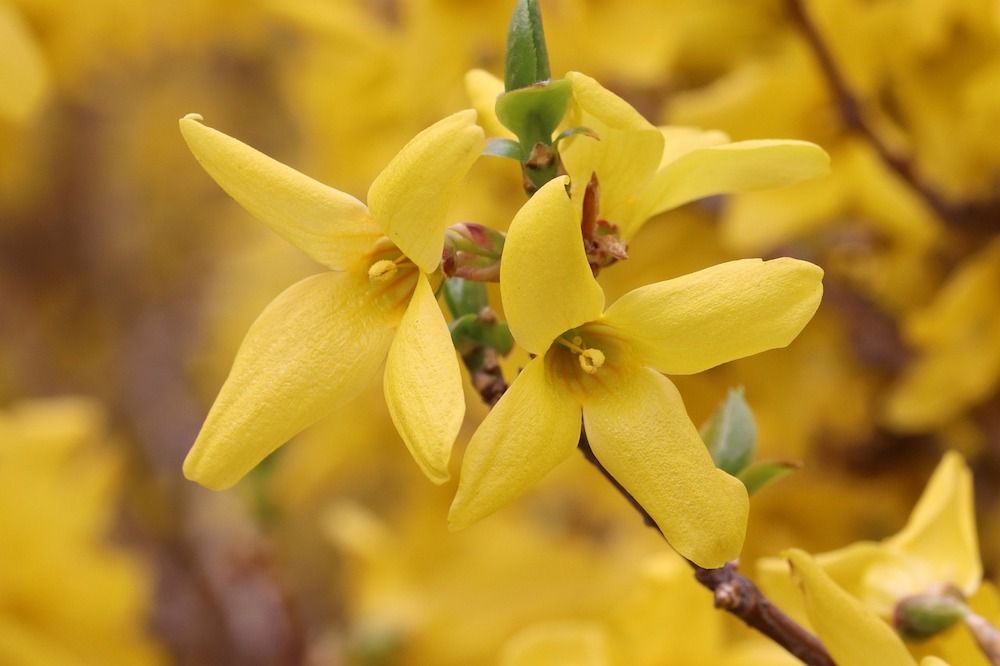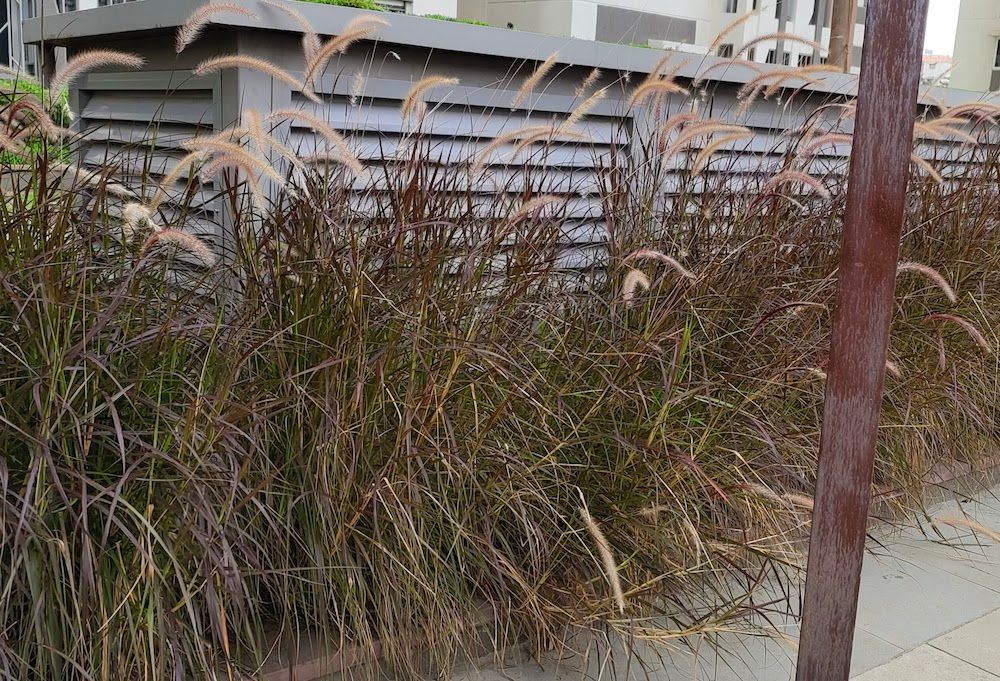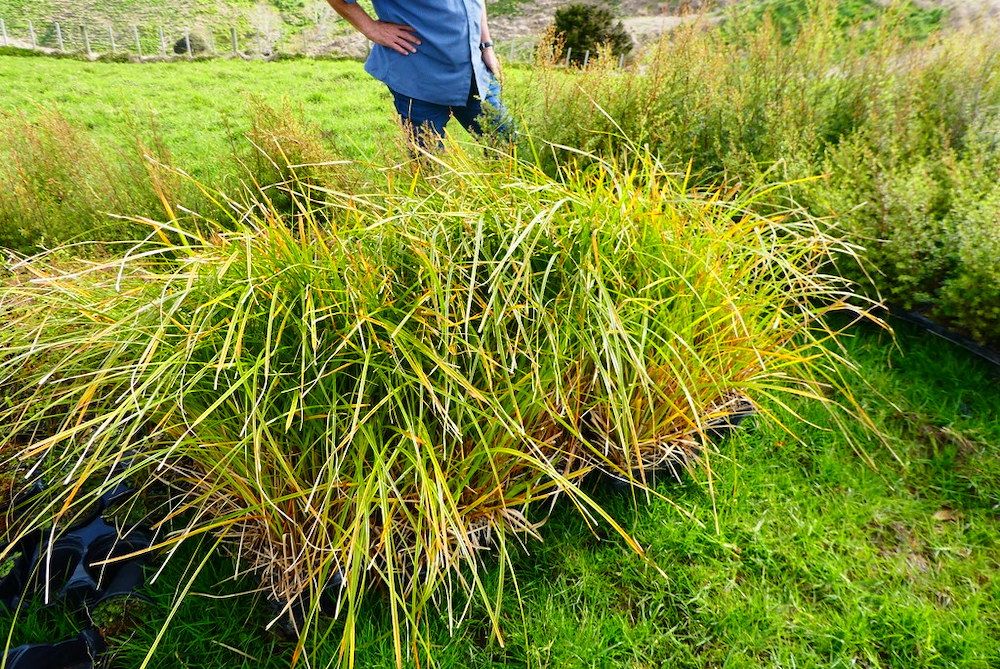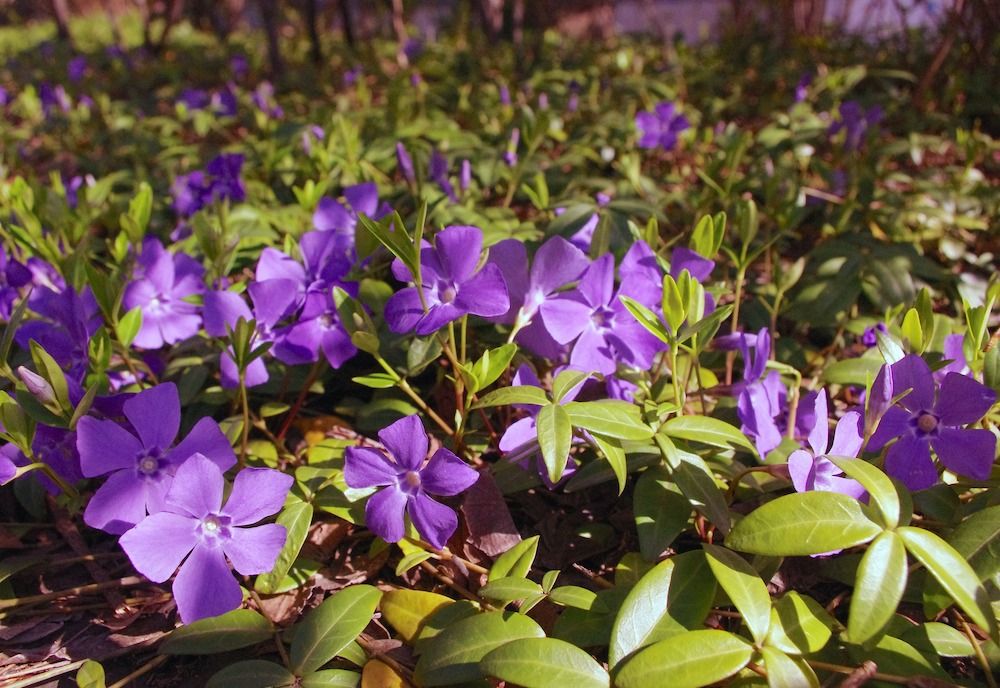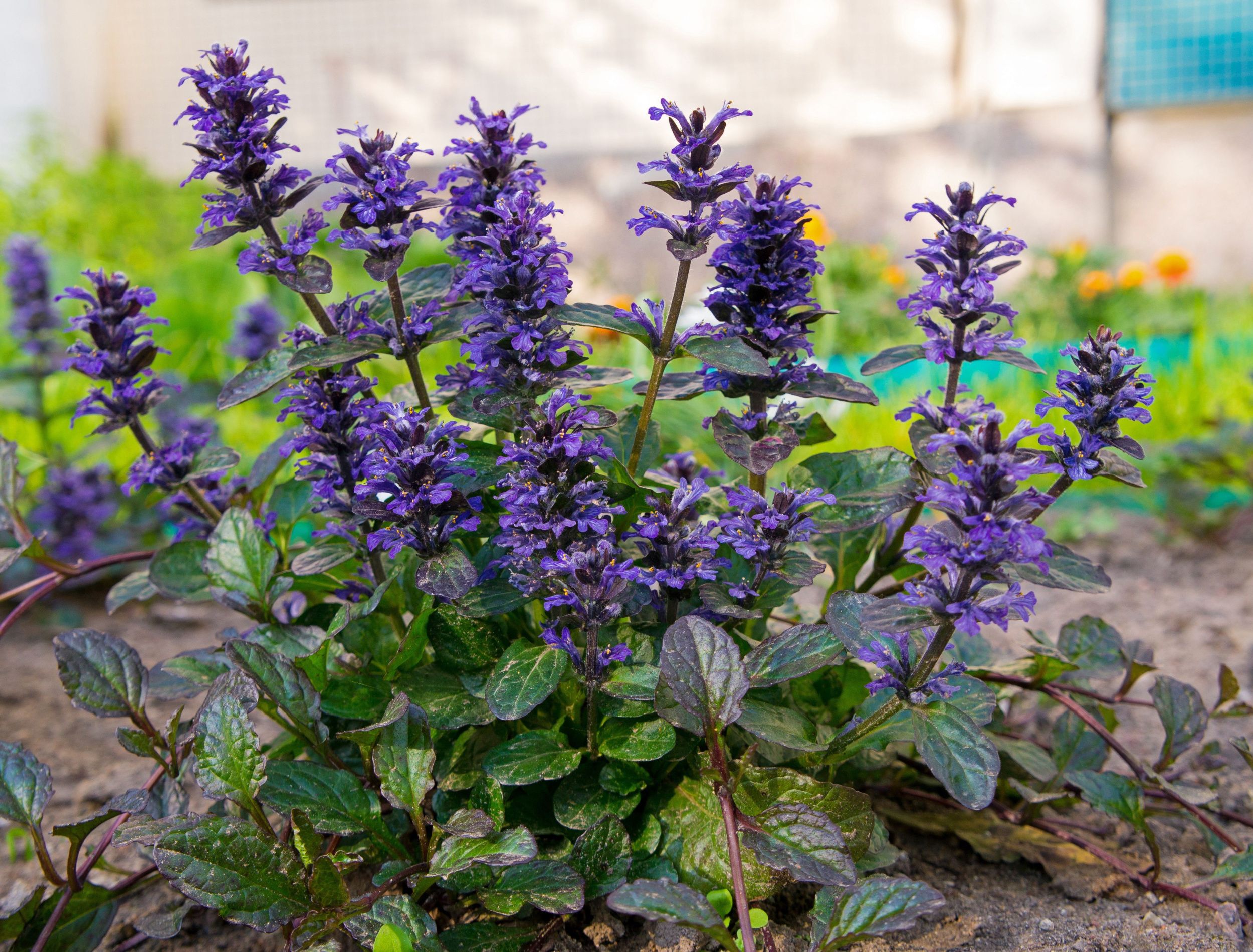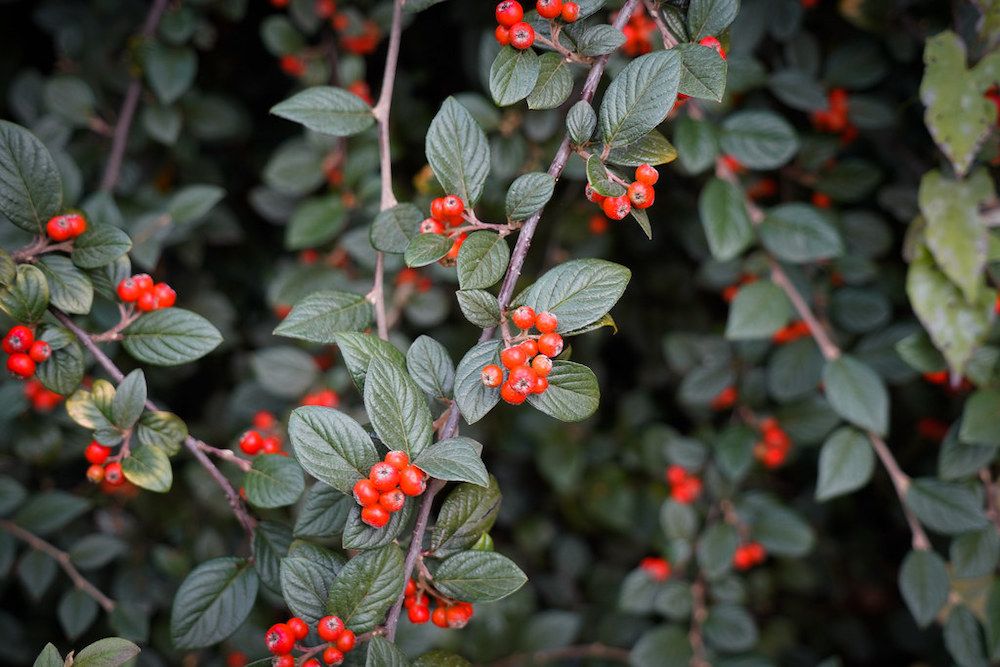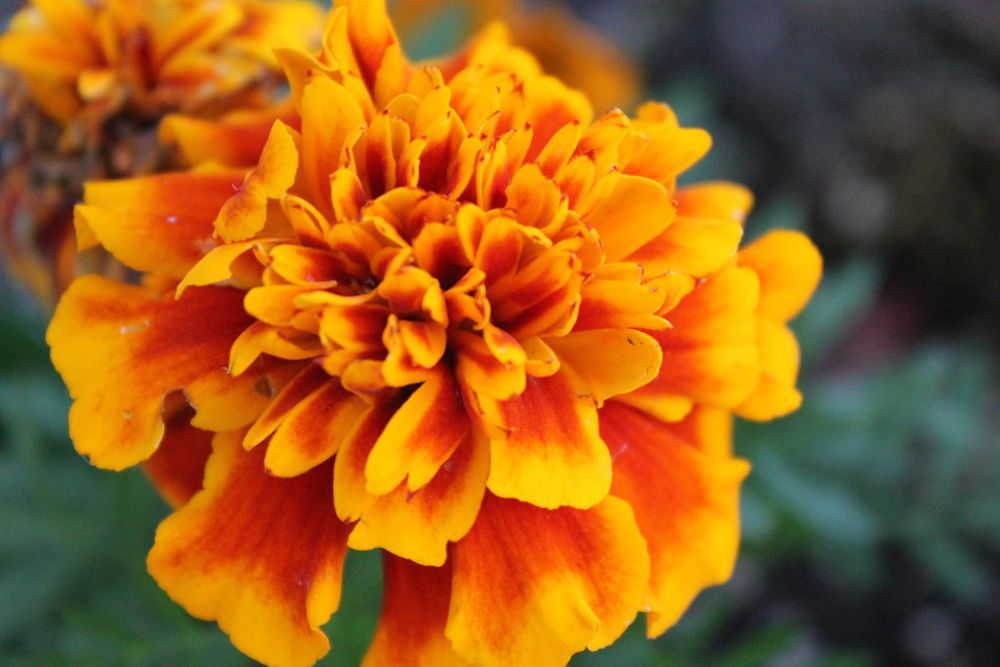Key Takeaways
- Soil erosion can negatively impact your garden by reducing the soil's ability to retain moisture and nutrients, but planting shrubs and trees can help prevent erosion.
- Certain plants, such as interrupted fern and creeping phlox, have dense root systems that bind the soil together, making them effective in controlling soil erosion.
- Groundcovers like ajuga and cotoneaster can be used to protect soil from erosion and add beauty to your garden. Marigolds and ryegrass are also effective in controlling erosion.
Soil erosion affects all types of landforms and happens naturally. It occurs when the topsoil is worn away by water, wind, or farming activities like plowing, tilling, or digging. The process of soil erosion can be broken down into three phases: soil detachment, movement, and disposition.
The topsoil contains essential nutrients and organic matter, so erosion reduces cropland productivity and contributes to water pollution. Though soil erosion might happen slowly and go unnoticed, it can become a significant concern.
Learn more about how soil erosion affects your garden, how plants can help you control it, and the best plants you can grow to help prevent it.
How Soil Erosion Affects Your Garden
Each year, about 1 percent of the topsoil in your garden is lost, and this might not seem like much, but it's a significant amount that can lead to serious consequences for your garden if left unchecked.
When topsoil erodes, the soil loses its ability to retain moisture and nutrients, which can negatively impact your plants and crops. To maintain a healthy garden, preventing soil erosion should be a top priority alongside regular soil testing.
Factors like the loss of soil structure, poor water drainage, and soil acidity can accelerate erosion. It's essential to know that soil erosion isn't just an agricultural problem; even your garden, especially if it's on a slope, can be affected.
So, how can you prevent soil erosion? One effective method is to plant shrubs and trees. Their roots help hold the soil in place, preventing it from washing away. Additionally, their leaves reduce the force of rainwater impact, which helps reduce runoff.
Another option is to build retaining walls in your garden. Not only do these walls add a beautiful feature to your landscape, but they also counteract soil erosion. You can even use retaining wall plants to make your yard stand out and create a visually appealing outdoor space.
How Plants Control Soil Erosion
Plant roots and leaves can help or sometimes contribute to soil erosion. Plant roots can break up the earth and create cracks, making the land unstable and more prone to erosion. However, the leaves of plants usually slow down rainfall, allowing the ground to absorb more water before it washes away.
They also act as a barrier against winds that can cause erosion. One effective way to combat soil erosion is by growing grass, which helps prevent erosion and protects vulnerable land.
To tackle soil erosion, two important steps that you can take are replanting vegetation suitable for the region and covering footpaths with gravel or mulch. These measures will help stabilize the soil and reduce erosion risks.
15 Plants That Fight Soil Erosion
It may seem that soil corrosion is an issue that cannot be easily controlled. However, some plants are greatly beneficial in such cases.
1. Interrupted Fern
Interrupted fern is a colonizing plant that is native to Eastern Asia, Eastern United States, and Eastern Canada. It was originally cultivated as an ornamental plant but soon proved beneficial in habitat restoration projects.
Interrupted fern is used for ground stabilization and control of soil erosion because it has a dense root system that helps to bind the soil together. It is also a shade-tolerant plant, which makes it well-suited for use in areas with heavy tree cover.
2. Creeping Phlox
Creeping phlox is a beautiful plant that blooms in a riot of colors, creating a carpet of petals in your garden. It is a low-growing plant perfect for borders or rock gardens and native to the Eastern United States.
Creeping phlox is easy to care for and drought-tolerant, making it a great choice for even the most novice gardener. It blooms in the spring and summer, and the flowers can be white, pink, blue, or purple.
3. Siberian Cypress
Siberian cypress is a hardy plant that can thrive in both sun and shade. It does not bloom as beautifully as creeping phlox, but it does offer a unique texture that can add interest to your garden.
The feathery foliage of Siberian cypress is soft green in the spring and summer, but it turns a coppery color in the fall and winter. This makes it a versatile plant that can add color to your garden all year round.
4. Groundcover Roses
Groundcover roses are a type of landscape roses that can make any plot of land look grand. They are low-maintenance plants that don't need pruning or spraying and can help counteract soil erosion.
Groundcover roses need full sun to thrive, so they are a good choice for sunny areas. They are also drought-tolerant, so they can be planted in areas with hot, dry summers.
5. Catmint
Catmint is a beautiful and versatile plant that is good for more than just soil erosion. It has purple blossoms attracting pollinators, such as bees and butterflies. Its flowers can last for months, and the plant itself can grow up to 2 feet tall.
Catmint is a good choice for sunny areas; it needs full sun to thrive. It is also drought-tolerant but not very resistant to harsh conditions such as heavy rains or strong winds.
6. Deutzia
Deutzia is a beautiful and elegant shrub that is easy to grow and care for. It has bell-shaped pink or white petals that bloom in the spring and summer and can grow up to 6 feet tall.
Deutzias are a relatively low-maintenance plant, and they do not require a lot of pruning. However, they can be susceptible to pests and diseases, so it is important to inspect them regularly.
7. Creeping Juniper
Creeping juniper is a hardy plant that is similar to Siberian cypress. It grows low to the ground, and as the name suggests, it creeps along the soil. It is a low-maintenance plant that does not require much care once it is established.
It also has a unique bluish-green or bright green color that can add interest to your garden. Creeping juniper is a good choice for sunny areas, as it needs full sun to thrive. It is also drought-tolerant, so it can be planted in areas with hot, dry summers.
8. Russian Sage
Russian sage is a beautiful and hardy plant that is sure to add color and interest to your garden. It is drought-tolerant and can thrive in even the most difficult conditions. It also has pretty purple petals that attract hummingbirds.
Russian sage is a relatively low-maintenance plant, and it does not require a lot of pruning. However, it is important to deadhead the flowers regularly to encourage new blooms.
9. Honeysuckle
Honeysuckle is a sweet-scented vine that can brighten up any garden. Its delicate flowers bloom in late spring and early summer, and its red berries add a touch of color in the fall.
Honeysuckle is a magnet for hummingbirds, and its nectar is a valuable source of food for these creatures. Honeysuckle is a relatively low-maintenance plant that is easy to care for. It can be grown in a variety of settings, including borders, rock gardens, and hanging baskets.
10. Forsythia
Forsythia is a bright yellow beacon of hope in the early spring, heralding the arrival of warmer weather. Its cheerful flowers are a welcome sight after a long winter and can brighten up even the dreariest day.
Forsythia is a relatively low-maintenance plant that is easy to care for. It can be grown in a variety of settings, including borders, hedges, and even as a standalone specimen.
11. Fountain Grass
Fountain grass is a beautiful and versatile plant that can be grown in a variety of settings. It is a type of grass that has a fountain-like appearance, and it can grow in clumps or as a single plant.
While fountain grass may seem like a casual choice for your everyday garden, it is fantastic for soil erosion prevention. The dense root system of fountain grass helps to hold soil in place, and it can help to prevent erosion on slopes or in areas with heavy rainfall.
12. Sedge
Sedges are a group of plants that are ideal for soil-eroded gardens. They are very adaptable, drought-resistant, and come in various colors. While they do require some sun, they don't mind the shade. They can survive some rough conditions.
Sedges are a great choice for gardens that are prone to erosion. Their dense root systems help to hold soil in place, and they can help to prevent erosion on slopes or in areas with heavy rainfall.
13. Periwinkle
Periwinkle is a beautiful and versatile plant that can add a touch of color and interest to any garden. It has bright purple flowers that bloom in the spring and can spread quickly to form a ground-cover.
However, periwinkle can be a problem for gardeners who have deer in their area. If you have deer in your area, you might want to keep an eye out because they love munching on perennials! If you plant these, you'll need to know how to prevent deer from eating your plants.
14. Ajuga
Ajuga is a very hardy plant that is known for its beautiful foliage and flowers. It is a low-maintenance plant that can tolerate a wide range of conditions, making it a great choice for many gardens.
Ajuga typically has green or bronze-colored leaves, but there are also varieties with purple, white, or yellow leaves. The flowers are typically purple but can also be white or blue. Ajuga is a great choice for groundcover or border plants.
It can also be used in containers or rock gardens. It is relatively pest and disease-free, making it easy to care for.
15. Cotoneaster
Cotoneaster is a member of the rose family, but it doesn't look anything like a rose. It is a hardy plant that is easy to care for and can be grown in various conditions. Cotoneaster is a versatile plant that can be used in a variety of ways.
It can be grown as a ground cover, a hedge, or even a small tree. It is also a good choice for containers. If you are looking for a low-maintenance plant that is easy to care for, Cotoneaster is a great option. It is certain to add beauty and interest to your garden.
16. Marigold
Marigolds can help control soil erosion. They have a long taproot that helps to anchor the soil in place, and their dense foliage helps to prevent water from washing away the soil.
In addition to their erosion control benefits, marigolds also have a number of other advantages. They are attractive flowers that can add color and interest to any garden. They are also relatively easy to care for and do not require a lot of water or fertilizer.
17. Ryegrass
Ryegrass's ability to form a dense turf and develop robust root systems helps to protect the soil from the impact of rainwater, reducing surface runoff and soil loss. Ryegrass is a cool-season grass that is typically planted in the fall.
It is relatively easy to grow and can be found at most garden centers. You can effectively control soil erosion by planting it, especially on slopes, construction sites, and areas prone to water runoff.
Soiled Reputation!
Soil erosion is a natural process that can have serious consequences if it is not managed. It is the process of topsoil being worn away by water, wind, or farming activities. While it may not seem like a big deal, soil erosion is a problem that affects everyone with a backyard.
There are a few things that you can do to help prevent soil erosion in your backyard. You can build a retaining wall or plant groundcovers to protect the soil. Besides breaking wind, ground covers help absorb the impact of raindrops, which can also contribute to soil erosion.
Don't forget to share this article with your family and friends who're looking for ways to protect their soil.

